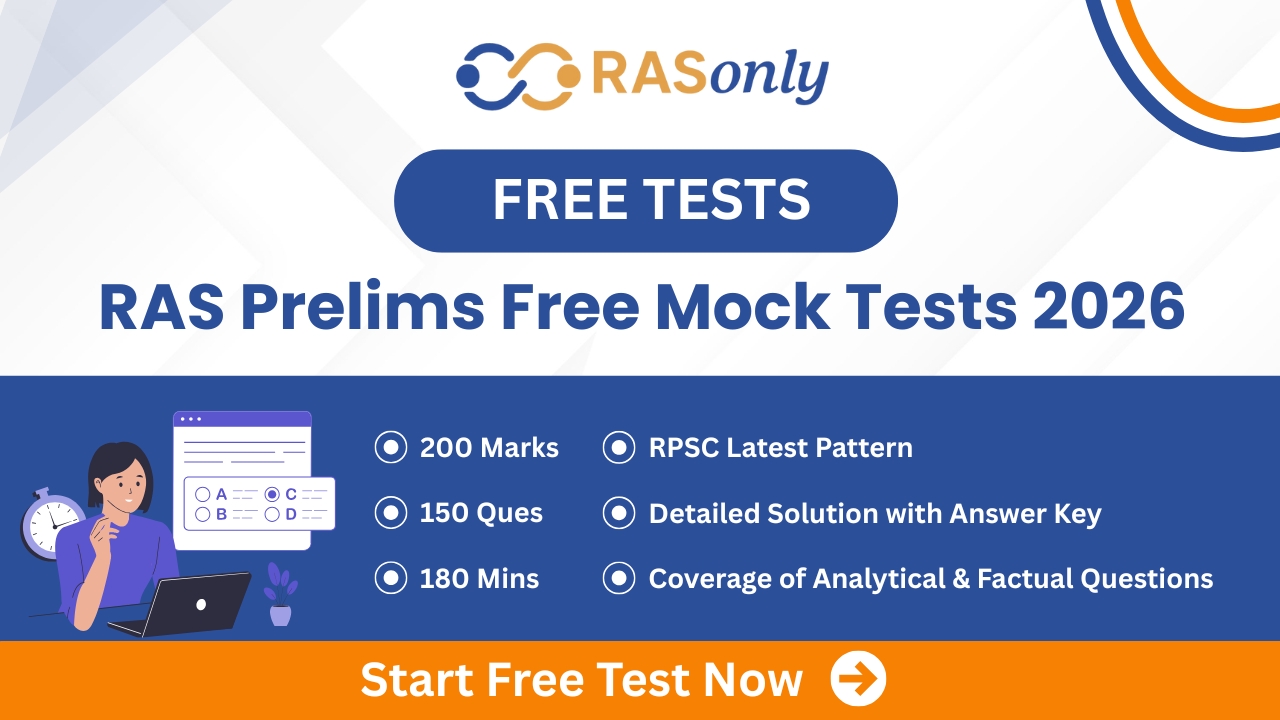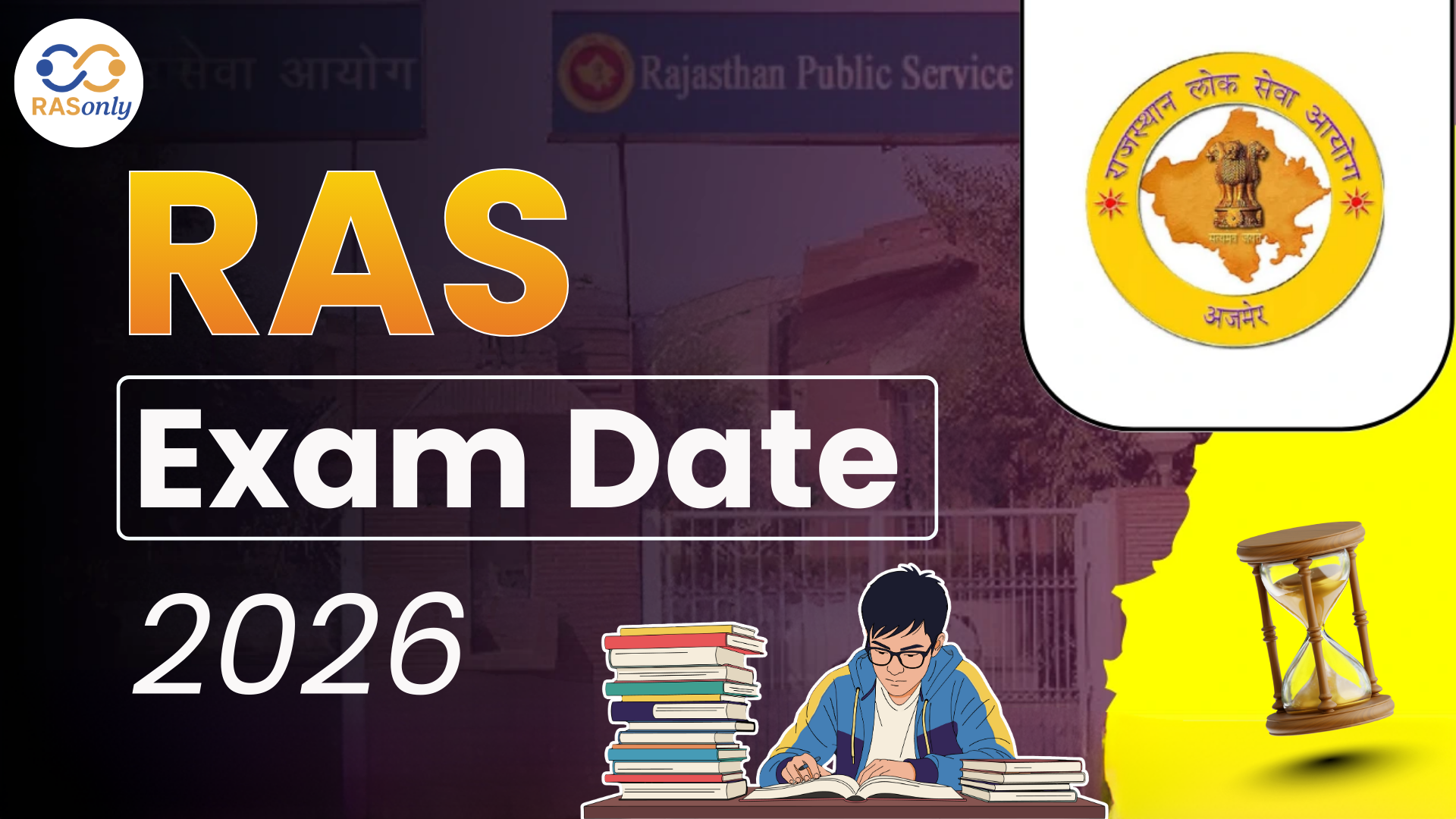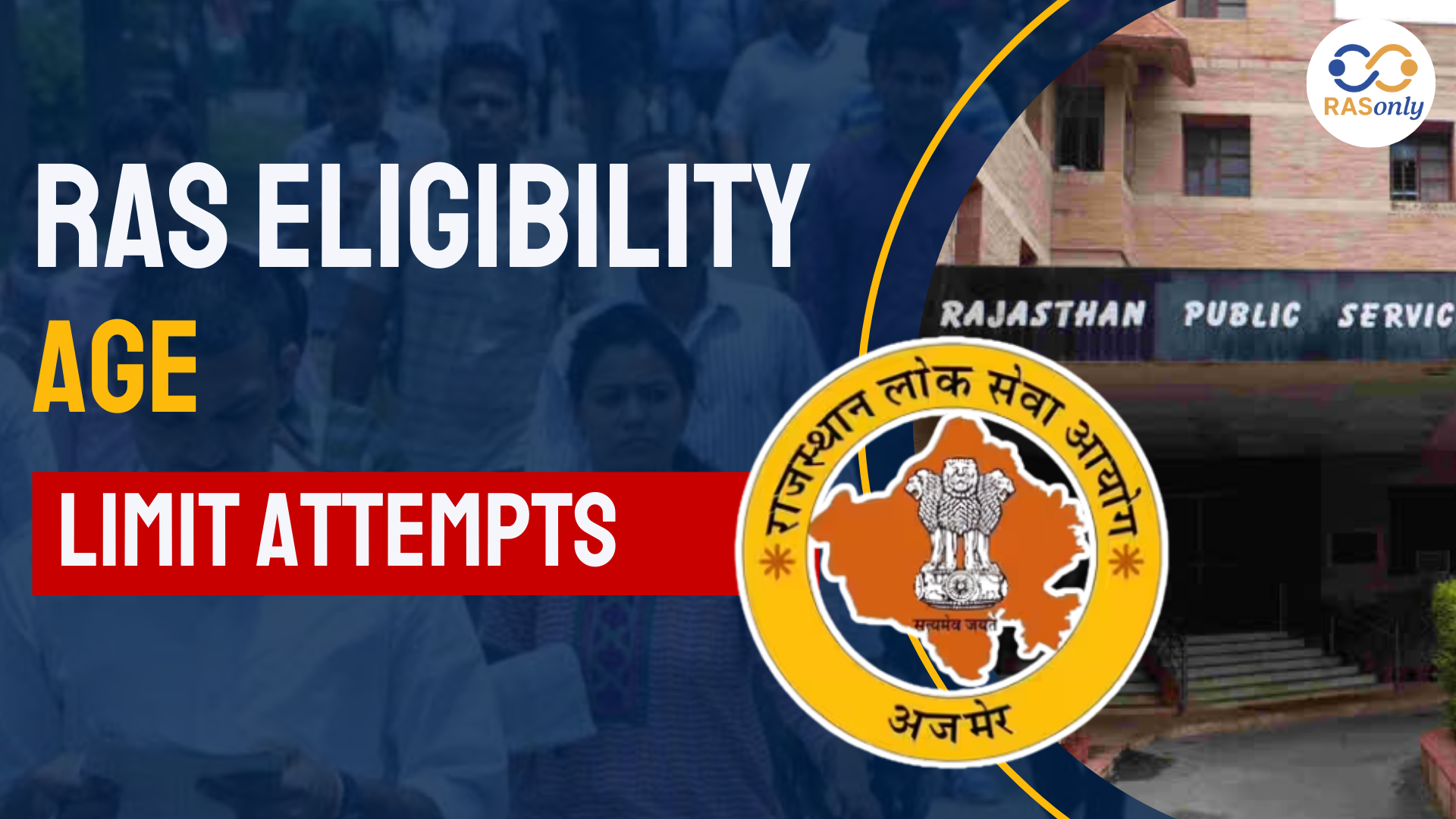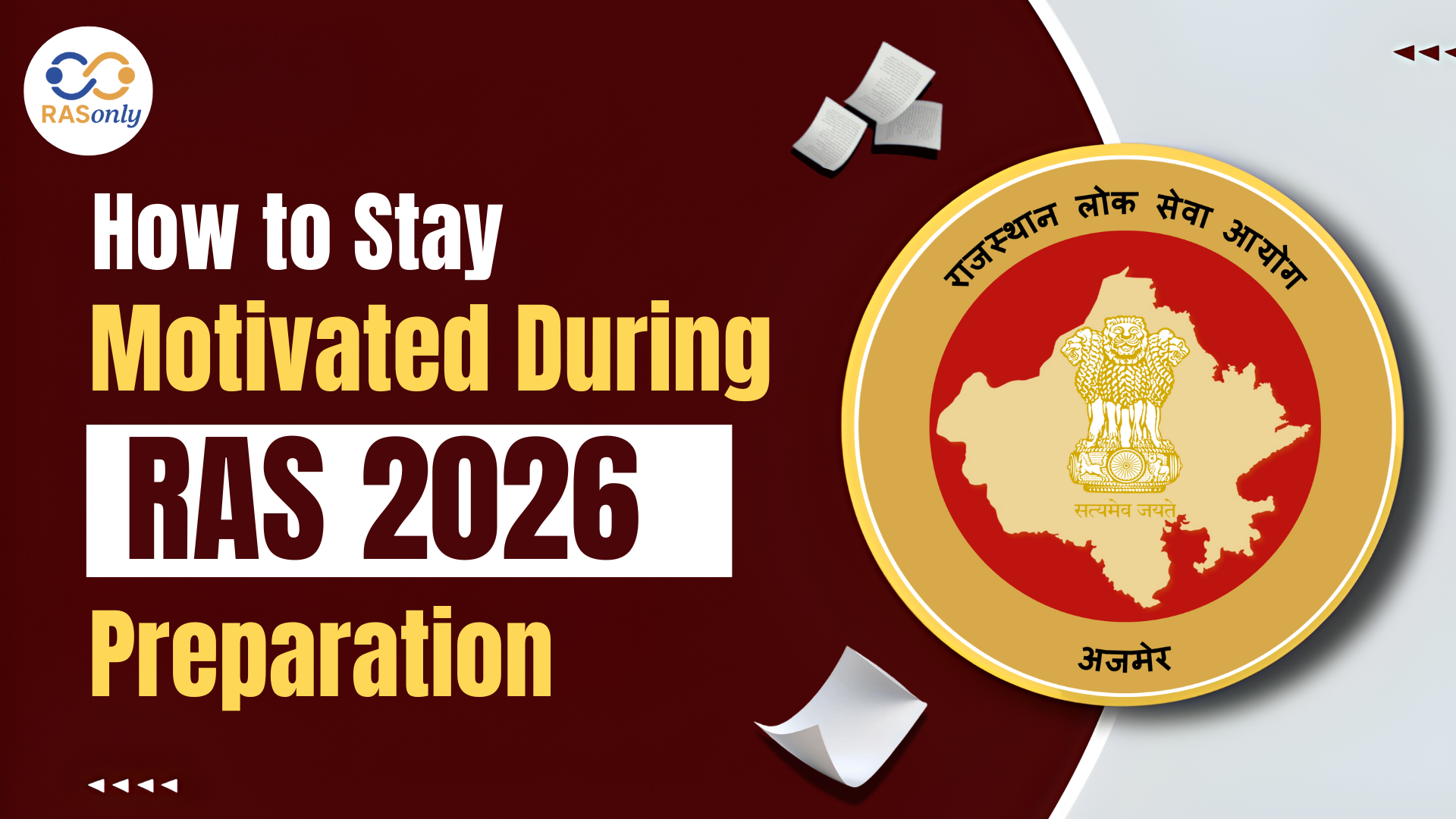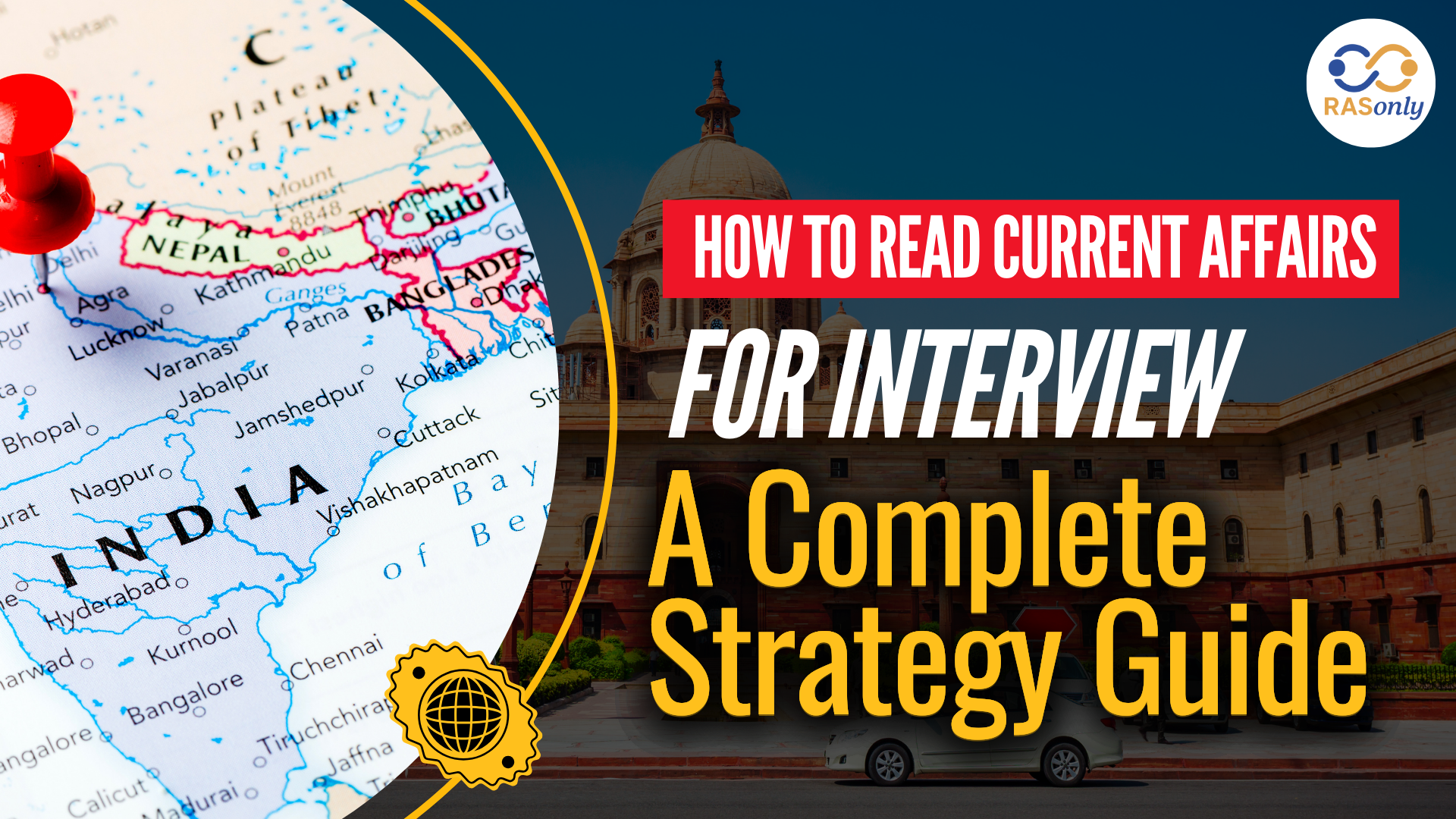RAS Exam Date 2026 for Notification, Prelims, Mains Date
- >
- RAS Preparation Resources
- >
- Respiratory System
Respiratory System


Respiration is the body process of exchanging gases between organisms to gain energy and sustain body functions in the form of oxygen (O2) and carbon dioxide (CO2). Cells use oxygen to decompose glucose to release energy and carbon dioxide is among the byproducts. This is referred to as breathing or respiration, the process of exchanging O2 in the atmosphere with CO2 produced by the cells.
Key Points for RAS Mains
Metabolic Pathways:
- Biosynthetic (Anabolic) Pathways: These are the synthesis of complex molecules by the combination of simpler molecules e.g. acetic acid to cholesterol. These are energy consuming pathways.
- Catabolic Pathways: These are the breakdown of complex molecules into simpler molecules e.g. conversion of glucose to lactic acid when we exercise. These routes discharge energy. One of the most important examples of a catabolic pathway is the breakdown of glucose to lactic acid through the process of glycolysis, which releases energy utilized by cells.
- ATP (Adenosine Triphosphate): The energy used in the catabolic processes is stashed down as ATP, the major energy currency in living organisms. There are many cellular functions of ATP that include biosynthesis, osmotic regulation and mechanical work.
Mechanisms of Breathing in Animals:
- Lower Invertebrates (e.g., sponges, coelenterates): Exchange gases by simple diffusion across their body surface.
- Earthworms: Have moist skin as a means of gas exchange.
- Insects: They have an insect network of tracheal tubes to carry atmospheric air.
- Aquatic Arthropods and Molluscs: Gas exchange is performed using gills, which are specialized vascularized structures.
- Vertebrates on land: The primary gas exchange organs are lungs.
- Fish: Use gills for breathing.
- Amphibians: The amphibians are able to breath in both the skin and lungs (e.g., frogs).
- Mammals, Birds, and Reptiles: Use lungs for respiration.
Human Respiratory System:
- Nasal Passage and Pharynx: Air flows through the nostrils into the nasal chamber that opens to the pharynx (food and air common passage).
- Larynx: Larynx carries the vocal cords and it is what produces the sounds.
- Trachea and Bronchi: The trachea also branches into the left and the right bronchi which further break down to secondary and tertiary bronchi and eventually the finer bronchioles. These airways are held up by cartilaginous rings.
- Alveoli: The bronchioles end in small, vascularized air sacs known as alveoli and gas exchange takes place.
- Pleura: Pleura is the membrane that encloses the lungs and is two-layered. The outer pleura contacts the thoracic wall and the inner pleura is connected with the lung surface. There is a pleural fluid that makes breathings less frictional between them.
- Thoracic Cavity: The vertebral column, sterna, ribs, and diaphragm are the structures that create a thoracic chamber that holds the lungs. Alterations in the volume of this cavity cause alterations in the lung volume, which makes breathing easier.
- Conducting and Respiratory Parts: The conducting part contains the airways up to the ending bronchioles that carry air to the alveoli. The breathing component comprises the alveoli and here is where gas exchange actually takes place.
Mechanism of Breathing:
The process of breathing is twofold:
- Inspiration (Inhalation):
- Diaphragm Contraction: The diaphragm contracts, and pulls down, enlarging the thoracic cavity.
- External Intercostal Muscles: It is the muscles that raise the ribs and sternum and make the thoracic cavity bigger in the direction of the antero-posterior.
- This augmented volume lowers the intra- pulmonary pressure (pressure within the lungs) to lower than atmospheric pressure, which results in air entering the lungs.
- Expiration (Exhalation):
- Diaphragm Relaxation: Diaphragm relaxes and presses upwards.
- Internal Intercostal Muscles: These are the ones that pull the ribs towards the center leaving the thoracic cavity with a smaller size.
- The lost volume causes the intra-pulmonary pressure to rise above the atmospheric pressure forcing air out of the lungs.
- BreathingRate: An average human being breathes 12-16 times a minute.
Exchange of Gases:
- Alveolar Gas Exchange: The major location of the exchange of O2 and CO2 is the alveoli whereby oxygen in the air diffuses into the blood and carbon dioxide in the blood diffuses into the alveolar air.
- Diffusion Factors:
- Partial Pressure Gradient: The movement of gases depends on the partial pressures of O2 and CO2.
- Membrane Thickness and Solubility: This is because rate of diffusion is dependent on alveolar membrane thickness and the solubility of gases.
Transport of Gases:
- Oxygen Transport:
- RBCs carry about 97 percent of the oxyhemoglobin O2, the rest of which is dissolved in plasma.
- Carbon Dioxide Transport:
- Hemoglobin has a capacity of 20-25% CO2 carried as carbamino-hemoglobin.
- Most of the CO2 is carried in the form of bicarbonate (HCO3) the assistance of the enzyme carbonic anhydrase.
Regulation of Respiration:
- Respiratory Rhythm Center: It is found in the medulla and controls the fundamental rhythm in breathing.
- Pneumotaxic Center: This is located at the pons and it also controls the breathing rhythm by increasing or decreasing the length of inspiration and expiration.
- Chemosensitive Area: Detects changes in CO2 and H+ concentration in the blood. The uptake of CO2 into the atmosphere prompts more breathing to get rid of additional CO2.
Disorders of the Respiratory System:
- Asthma: A disease that leads to difficulty of breathing because the bronchi and bronchioles are inflamed making the breathing to wheeze.
- Emphysema: The destruction of the alveolar walls, and therefore decreases the area of the respiratory surface. It is usually brought about by smoking cigarettes.
- Occupational Respiratory Disorders: Repeated exposure to dust in the industries may cause fibrosis (scarring) of the lungs and disabling respiratory functions.
Conclusion for RPSC RAS
Respiration is a multifaceted process that is very important in homeostasis in the body. Since the breathing processes and the gas exchange and transportation, every single part of the respiratory system is essential in the provision of efficient delivery of oxygen and carbon dioxide elimination. Respiration regulation guarantees the provision of the metabolic requirements of the body and diseases like asthma and emphysema emphasize the need to keep the respiratory system in the right shape.
Also Read: Sexual And Asexual Reproduction In Plants
Post Category
- RAS Salary
- Result
- RAS Admit Card
- RAS Job
- RAS Cutoff
- Preparation Tips
- RAS Answer Key
- RAS Exam Analysis
- RAS Syllabus
- RAS Previous Year Papers
- RPSC RAS Exam Pattern
- RAS Interview
- RAS Mains Exam Date
- RAS Vacancy
- RAS Test Series
- RAS Best Books
- RAS Preparation Resources
- RAS Coaching Centre
- History
- Polity
- Geography
- Economics
- Science
- Art and Culture
- RPSC RAS Application Form
- RPSC RAS Notification
RASonly Interview Guidance Program

Mr. Ashok Jain
Ex-Chief Secretary Govt of Rajasthan
- IAS officer of the 1981 batch, Rajasthan cadre.
- Passionate about mentoring the next generation of RAS officers with real-world insights.
- Got retired in Dec 2017 from the post of Chief Secretary of the state of Rajasthan.

Mr. Guru Charan Rai
Ex-ASP / SP in Jaisalmer
- Guru Charan Rai, IPS (Retd), retired as Inspector General of Police (Security), Rajasthan, Jaipur in 2017.
- Served as ASP and SP in Jaisalmer, Nagaur, Sri Ganganagar, Sawai Madhopur, Dausa, Sikar, and Karauli.
- He also held key positions as DIGP and IGP in the Law and Order division.

Mr. Rakesh Verma
Ex-IAS Officer, B.Tech, MBA, and M.A. (Economics)
- IAS officer of the 1981 batch and retired in Chief Secretary Rank.
- Civil servant of high repute and vast experience.
- Has been teaching UPSC CSE subjects for the last six years.
Related Post
👉🏻 Register Today to Join Classes! 👍🏻
- Team RASOnly -
🎯 Benefits of RASOnly Coaching:
- ✅ 1:1 Mentorship with RAS Officers
- ✅ Experienced and Expert Faculty
- ✅ Free Library Access
- ✅ Daily Minimum 4 Hours Must
- ✅ Comprehensive Study Material
- ✅ Regular Tests & Performance Analysis
- ✅ Personalized Guidance & Doubt Solving
- ✅ Online & Offline Class Options
- ✅ Affordable Fees with Quality Education
Key Highlights:
- 👉🏻 3-Day Refund Policy
- 👉🏻 New Batch Starting from 04 August
- 👉🏻 Registration Amount: Only ₹1000
